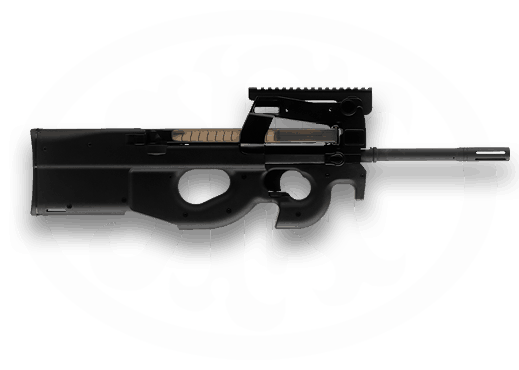
It couldn’t be done, I was told. It shouldn’t be tried, the internet bellowed. We are talking about dangerous game, of course. In this case, we were even returning to the same location where we’d taken four hogs weighing in at 150-350 pounds each, one with some serious tusks. One 250 pounder became enraged as we opened fire and charged us.
Don’t go there, I’d been warned. You need bigger bullets, someone said. But Jared Hilton, my hunting partner that day, and I had already gone against the grain. We’d hunted with the lowly .223. We’d been advised it was questionable on deer, foolish on the insanely tough hogs in the 150 pound plus category. And when that one charged under our less than stellar marksmanship, a few might have wondered about our prudence. Yet, that hog plowed the field before we were in any real danger. Black rifle, 4, Hogs 0. Armed with stats like that, could we be blamed for getting closer to the edge of tactical hog hunting?
If .223 did the job, what about much maligned FN 5.7? We geared up. This day we would hunt the fields and the woods, prepared for the sniper shot and CQB. That’s part of the fun of tactical pig hunts. They come in several flavors, sometimes all at once. The West Texas weather was perfect. The winds were light, the sun bright, the temperature in the 70s. Jared brought the big gun, a scoped .30-06. Using an Urban ERT sling, I strapped on an FN PS90, sporting a Primary Arms clone of the Aimpoint T1. Bolted to the side rail of the PS90 was a JVC camcorder.
The fields proved futile, so we moved into the woods. Woods in West Texas don’t resemble the tall pines of Georgia, or even East Texas. We’re talking about thorny scraggly mesquite trees, and all manner of needle bearing vines mingled with cactus. You have to crawl, climb over and generally work hard to navigate in there. But we’d picked up a game trail, and seen the tell tale signs of hogs. After about thirty minutes of quietly maneuvering through, we spotted the feral pigs. They were on the move, and faster than us. They would stop to feed, then start off again as we approached. They stopped at the edge of field, some slipping through the barbed wire to munch on fresh green crops. One sow and her piglets, hung back on the wooded side of the fence.
The rest is on the video. Tactically, we had good communication, but it turns out I couldn’t count to three that day. The stalk, the rush of being within 20 yards of our prey, it added up to 1-2-BANG! A few follow up shots and she put her nose in the dirt and plowed forward a few yards then stopped. Shooting a 5.7 round through brush, even the one I used from Elite Ammunition that day, might not have been the best tactic, but in slow motion you can see the first and only shot to hit that hog did the job. It wasn’t the best shot, hitting about a third of the way back between her shoulder and hip. But it worked quite well on a 180 pound pig.
Would you get the same results? Maybe, maybe not. We had .30-06 as backup, so safety was good. Communication was largely effective. Positioning ourselves for the shot worked. The stalk worked. Our tactics got us to the hogs. Our special weapon that day was flawless. And the fun? Well, it can only be measured by those who have been bitten by the tactical hog hunting bug! Keep coming back to www.SHWAT.com. In the coming months you’ll be informed, entertained, and hopefully inspired to get out and go tactical hog hunting!

